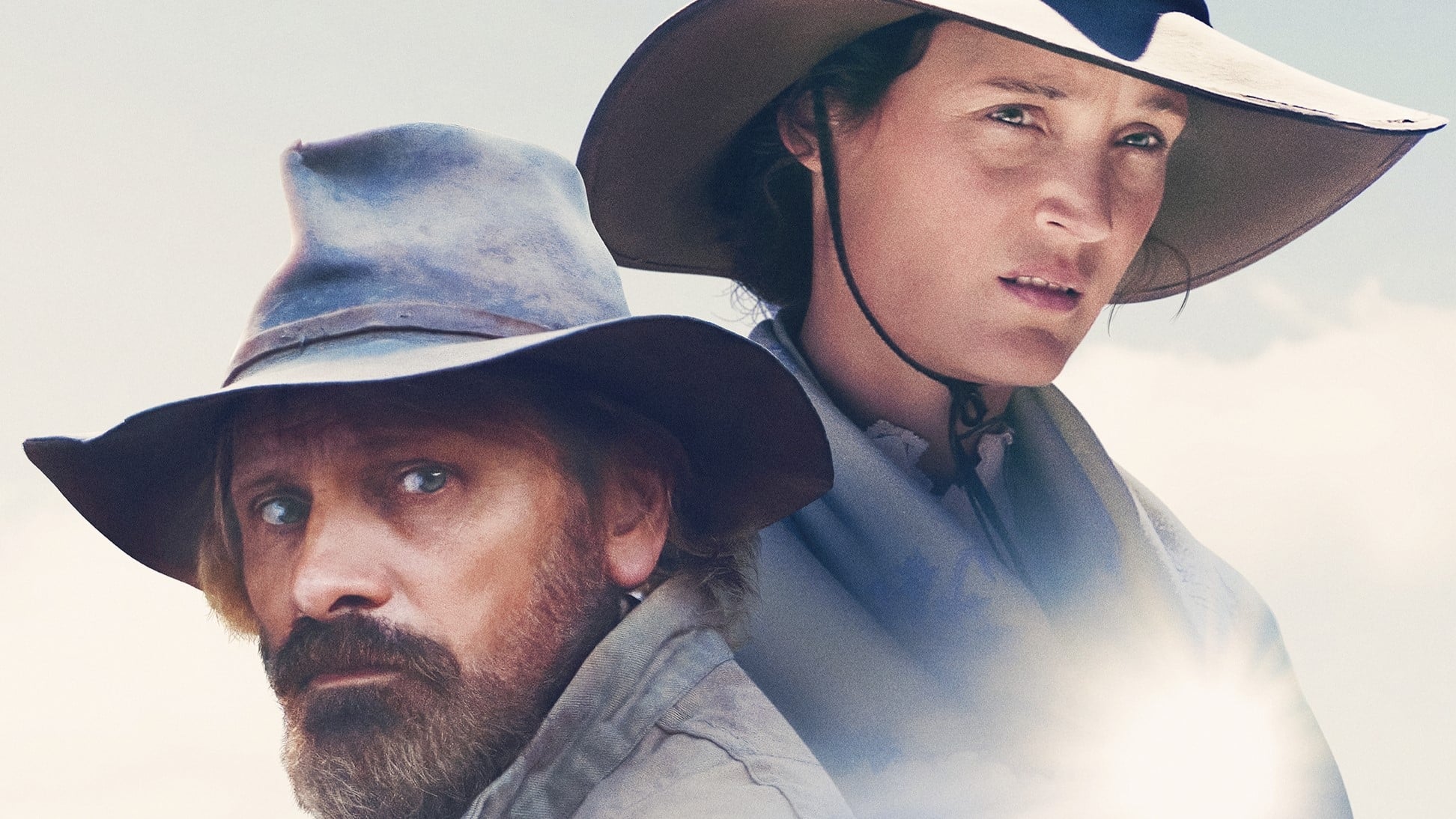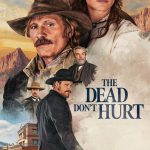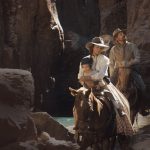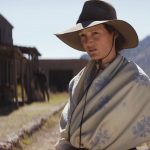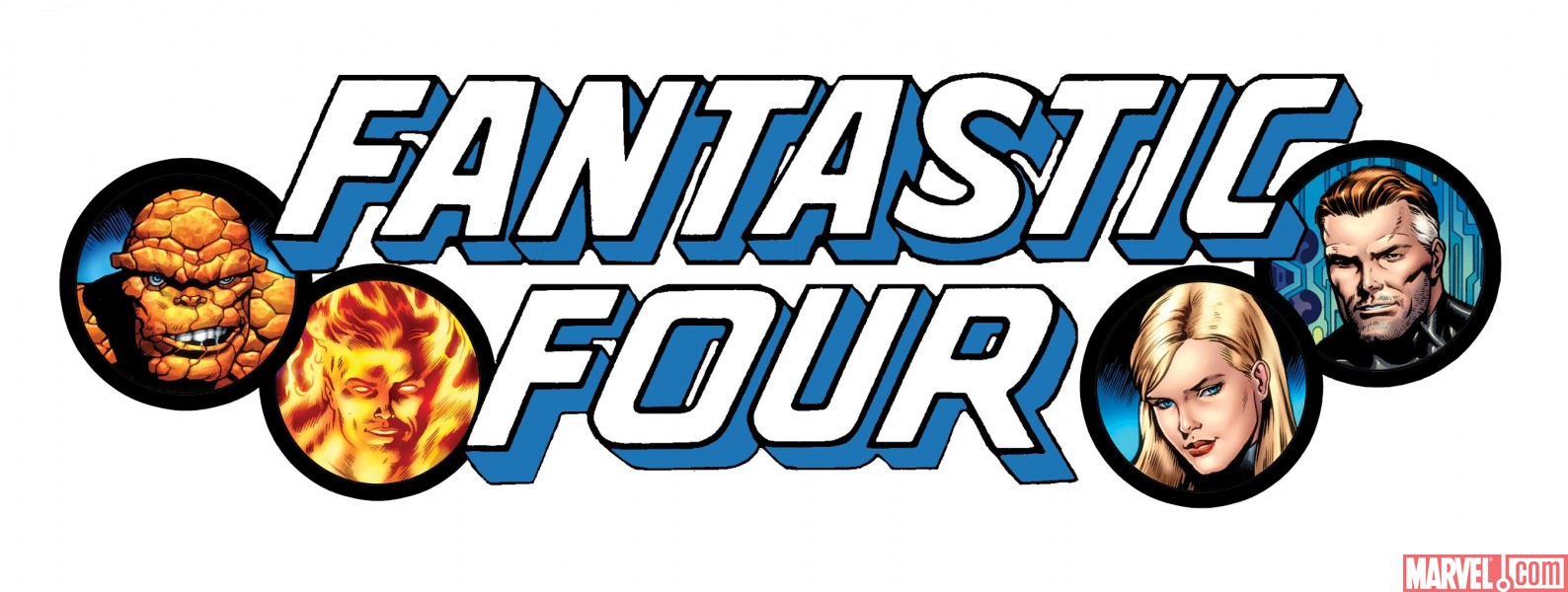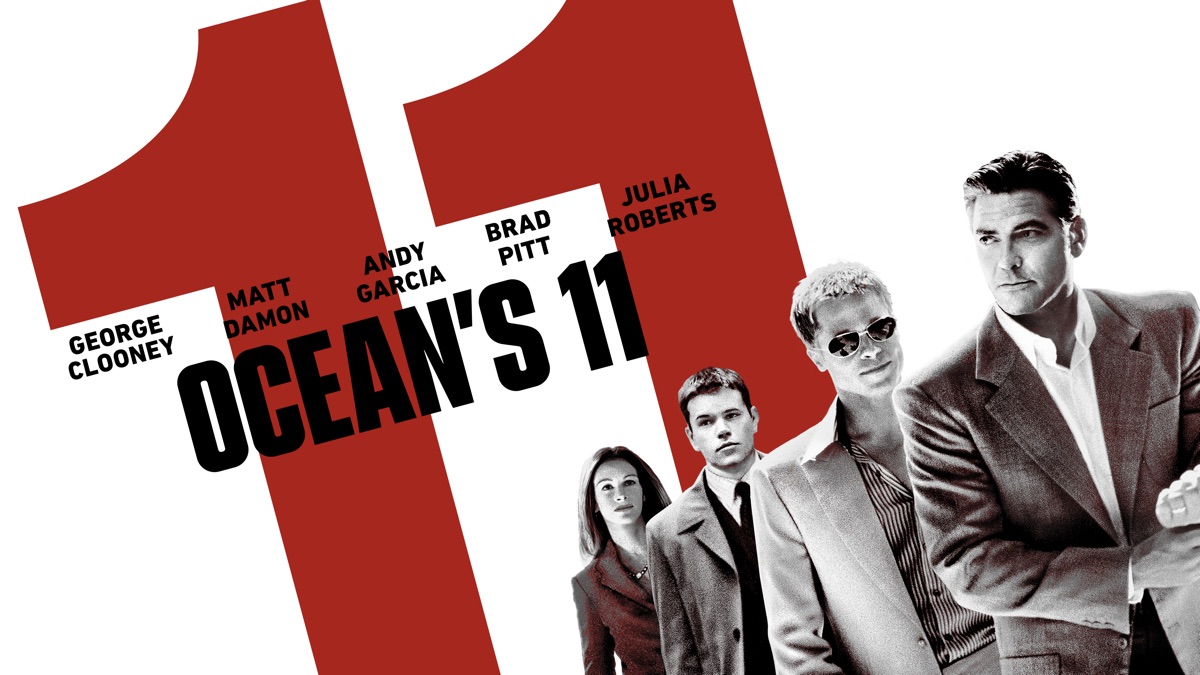Overview
In the 1860s, fiercely independent French-Canadian Vivienne Le Coudy embarks on a journey with Danish immigrant Holger Olsen, attempting to forge a life together in the dusty town of Elk Flats, Nevada. When Holger decides to go fight for the Union in the burgeoning Civil War, Vivienne must fend for herself, which isn't easy in a town controlled by a corrupt mayor.
Written, directed and starring Viggo Mortensen, The Dead Don’t Hurt is a classic styled western with a sombre tone akin to films such as Eastwood’s Unforgiven. Whilst it plays a traditional tale of lawlessness in the west, and betrayal and revenge, the film takes a rather unique approach by focussing on the female perspective via the character of Vivienne, played by Vicky Krieps.
Vivienne is a French-Canadian educated woman who falls for a Danish immigrant, Holger (Mortensen), moving to his remote cabin in Nevada, near a small community known as Elk Flats. The town is under the rule of a corrupt landowner who has the Mayor and law firmly under his control. The landowner’s son, Weston, constantly causes trouble for the town, but any of his outbursts are blamed on others who take the fall for him. However, when Olsen joins the Union army and goes to fight in the Civil War, it leaves Vivienne to fend for herself in this den of vipers, and on Olsen’s return he finds their lives are changed in a major way.
The first act stumbled a little as the tale shifts between multiple moments in time, sometimes unclear as to which parts of the timeline we are viewing, and feeling a little disjointed as a result. However, after the first half hour this no longer seemed to be an issue, and any hops back and forth in time were more clear. This approach, whilst initially confusing, did allow the tale to start pretty much with a bang, before piecing together the moments that came before it, and by the mid-point I was entirely drawn into the journey.
Casting is strong, with Krieps and Mortensen really delivering, whilst the supporting cast around them all inhabit their roles well, grounding the mix of characters in this small town so well that it is hard to discern who is corrupt and who isn’t. As the tale weaves around, and the latter half builds to an eventual showdown, nobody oversells the roles, and much like the aforementioned Unforgiven Mortensen avoids sensationalising the violence. Indeed, this film seems to actively try to avoid the usual cliches and tropes of the genre, whilst still playing with them to some degree.
As a fan of the western genre, and especially the more melancholic ones that are more about the darker edges of humanity, and how the frontier allowed the worst of it to thrive, this was a film that impressed me, drew me in, and left me satisfied whilst also wanting more. Mortensen’s skill with storytelling in a visual medium really shines through here, and it is clear that this is a genre that he also has a lot of love for, with every frame, every line, and indeed the haunting themes that accompany (again, composed by Mortensen) all combining to carve a place in the higher tiers of Western output.
